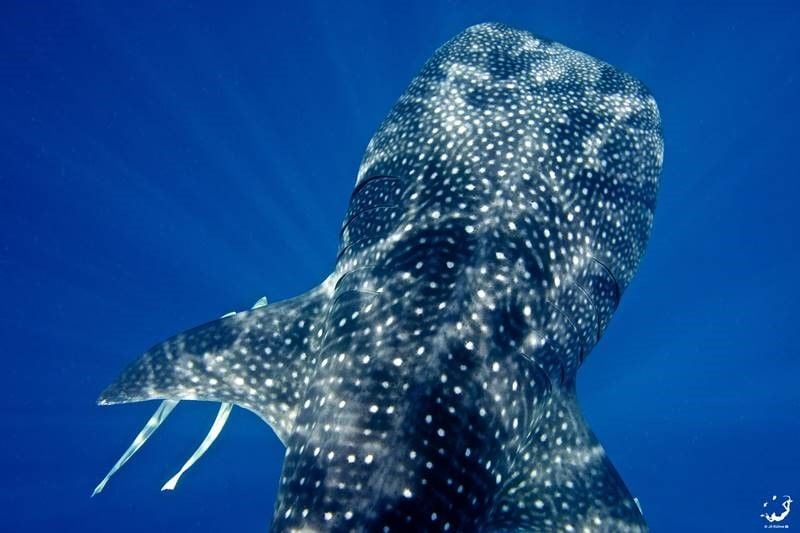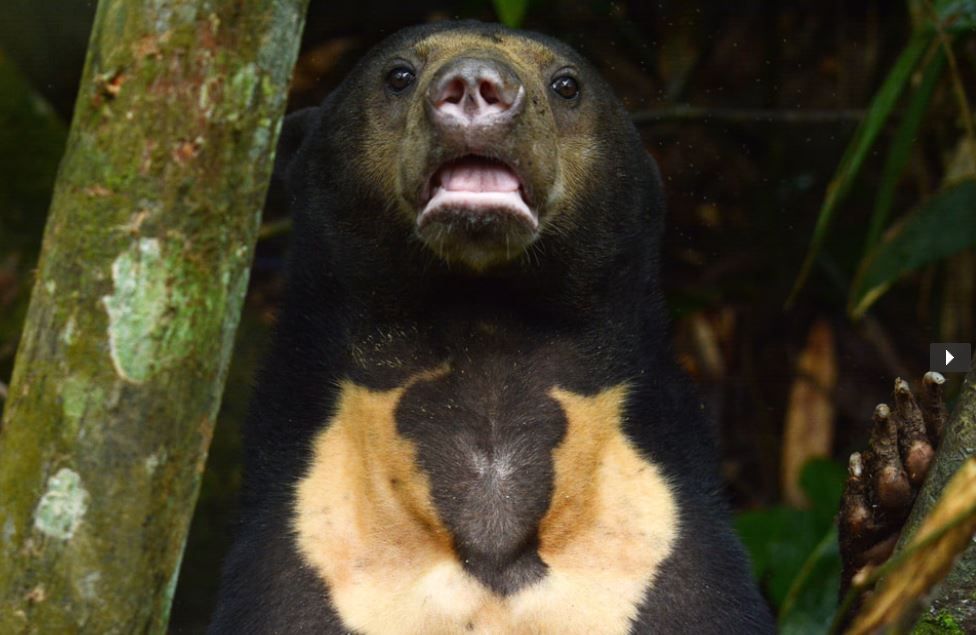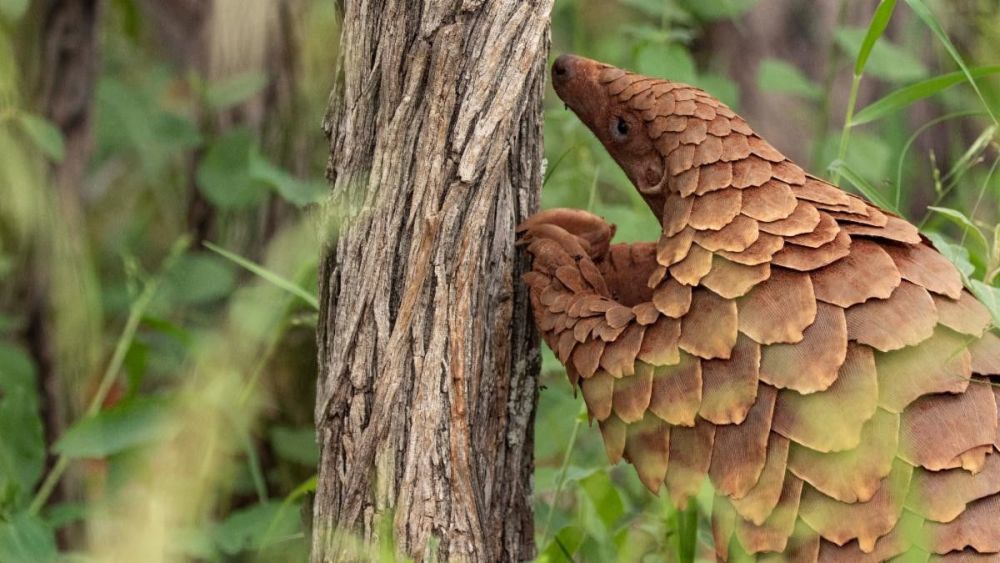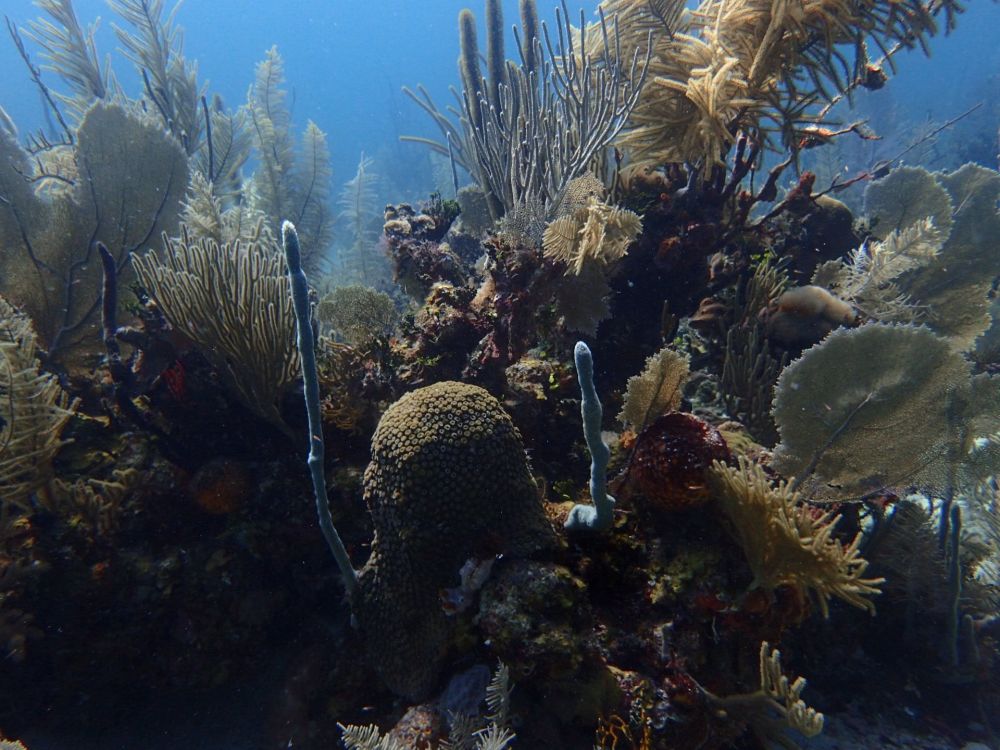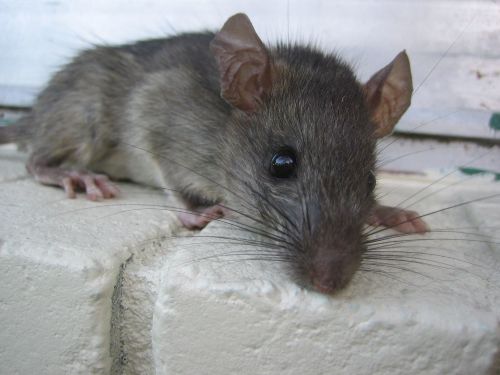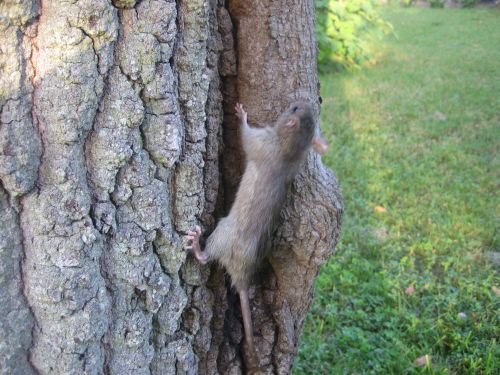Do it for nature! Join the State of Nature campaign!
Posted on
Do it for nature! Join the State of Nature campaign!
Why?
Nearly half of the UK’s wildlife is in a long term decline. 15% of species are at risk of extinction.
The Wildlife Trusts have emailed about a campaign to call on the Prime Minister to strengthen the Environment Bill to ensure it includes a LEGALLY BINDING TARGET to reverse nature loss in England by 2030.
The campaign is called the State of Nature.
They are doing this in a major collaboration with organisations across the environmental sector from the Wildlife and Countryside LINK Coalition.
Examples of this campaign’s supporters include the RSPB, Earthwatch, Plantlife, The Rivers Trust, Amphibian and Reptile Conservation, the Shark Trust, Whale and Dolphin Conservation, the People’s Trust for Endangered Species, the Rare Breeds Survival Trust, Four Paws, the Mammal Society, Butterfly Conservation, Open Spaces, National Trust, WWT, Woodland Trust, ZSL, the Marine Conservation Society and a host more.
So what’s the State of Nature campaign about?
The UK is hosting the UN Climate Change Summit in Glasgow from 1 to 12 November 2021 so this is a good chance to lead the way.
The Prime Minister has called on world leaders to turn around the decline of nature by 2030.
But, Boris Johnson, words are meaningless
We need you to lead the world by example and put this commitment into law.
It’s no good saying you’ll turn the decline of nature around if you then destroy wildlife habitat for a theme park or allow a coal mine in Cumbria to go ahead or give oil and gas drilling the go ahead in the North Sea.
Nearly 100,000 people have signed it already but come on, everyone, we really need to let out a big noise for wildlife and let the Government know that we care. The wildlife can’t do it – they are relying on each and every one of us.
Please let’s push our Government to put its good intentions into law. Words are meaningless. ACTION is what wildlife need now.
Please give wildlife your support today.
Please sign the petition here
Thank you!
Take a look at LINK – its role is to bring its members together on key issue and present a clear, consistent message to the Government, opinion leaders and the general public.
